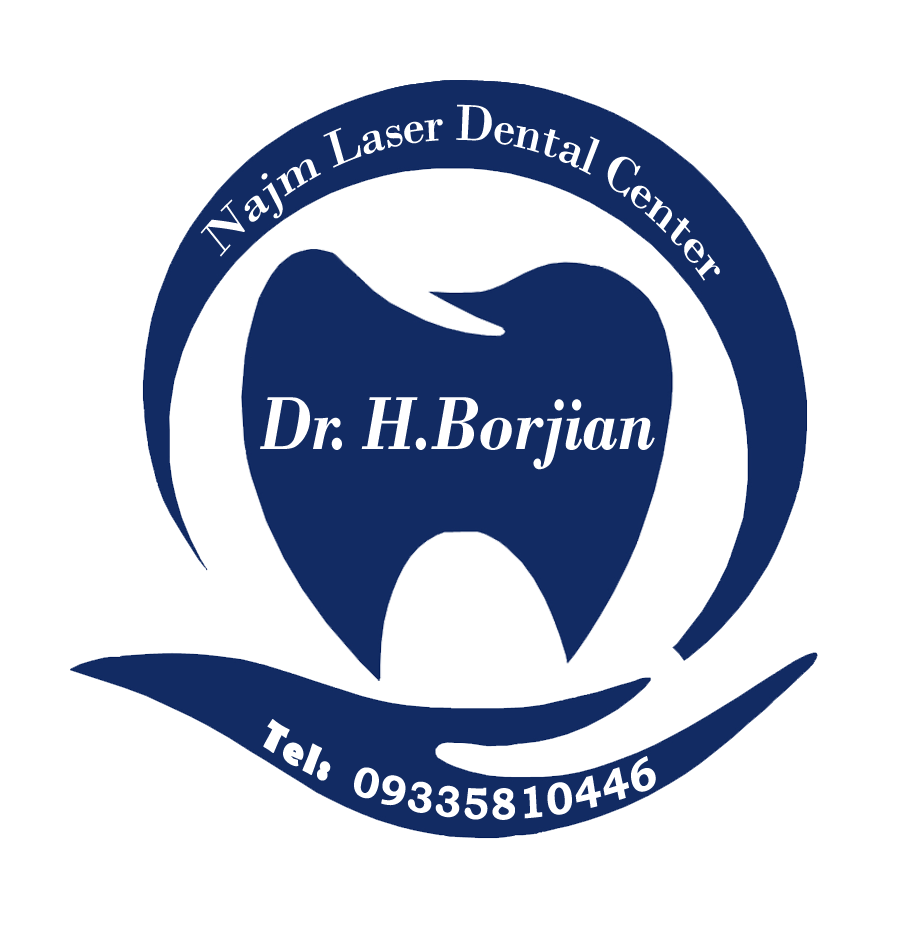بررسی علل حساسیت دندان بعد از پر شدن
When a person has sensitive teeth, they may find that certain stimuli cause a temporary, uncomfortable sensation in or around the filled tooth.. It is even possible to have cold shock or sudden pain that develops quickly and then disappears. In this article from Dr. Hossein Borjian's website The best implant in Isfahan علل حساسیت دندان بعد از پر شدن را مورد بررسی قرار می دهیم.
Possible triggers of tooth sensitivity after filling include::
- sweet foods
- warm drinks
- Cold foods or drinks
- Biting while eating
- Air hitting the teeth, such as when breathing through the mouth
- Acidic foods and drinks, including fruit, juice and coffee
برخی از حساسیت های موقت پس از filling teeth It is common. However, persistent or severe sensitivity after a filling is most likely due to other causes that require treatment. Below we discuss the possible causes of this symptom and explain when to visit the dentist.
Stimulated nerve
Short-term sensitivity of the tooth after filling usually occurs because the filling action has aggravated or caused inflammation in the nerve inside the tooth.. The outer layers of the tooth, which are enamel and dentin, usually protect the nerve from exposure. However, fillings, especially deep fillings, can get close to nerve endings and cause irritation and discomfort..
As the nerve heals, the sensitivity will disappear. This may take a few days or a few weeks. Once the nerve is fully healed, the person should not feel any difference between the filled tooth and other teeth.
Improper tooth alignment
The dentist must check that the dental filling matches the other teeth in the mouth. People usually experience minor sensitivity when bitten in the days following the procedure. This sensitivity usually goes away on its own. However, when the filling is too high, it can cause extra pressure when a person bites down. This can be a reliable source of pain and tenderness that is often more severe than normal post-filling tenderness.

If a person has severe sensitivity or difficulty eating or putting their teeth together, they should ask their dentist to check the bite.. The dentist may decide to flatten the apex of the filling to allow the bite to fit properly and relieve discomfort..
The Instagram page of Dr. Hossein Borjian, the best implant in Isfahan
Pulpitis
In fact, pulpitis is inflammation of the pulp deep in the tooth, which can cause tooth sensitivity and pain. Pulpitis does not regularly occur with partial fillings, but may occur in the following cases:
- Filling several teeth or surgery
- A very deep cavity that reaches the inner pulp layer.
- Tooth damage such as an accident that leads to a cracked or broken tooth.
There are two types of pulpitis. Reversible pulpitis refers to mild inflammation in which the pulp remains intact and the tooth heals independently. Irreversible pulpitis occurs when there is a damaged nerve that begins to die. In these cases, a root canal is needed to save the tooth.
A dentist can usually remove pulpitis with a new filling or a restorative procedure such as a root canal. A person may also need to take antibiotics to treat any bacterial infection.
Allergic reaction
Some people may experience an allergic reaction to the filling. Studies show that amalgam is a filling material that often causes an allergic reaction. People may also have an allergic reaction to other materials involved in the procedure, such as the latex in the dentist's gloves..
Attention :
- The scientific accuracy of the above article should be consulted with Dr. Borjian, a specialist, in person Gum and bone grafting be confirmed.
- This article was managed and published by the site admin.
Read more :
Diagnosing the symptoms of tongue cancer
Wisdom tooth infection treatment methods
Causes and symptoms of roof of mouth pain



